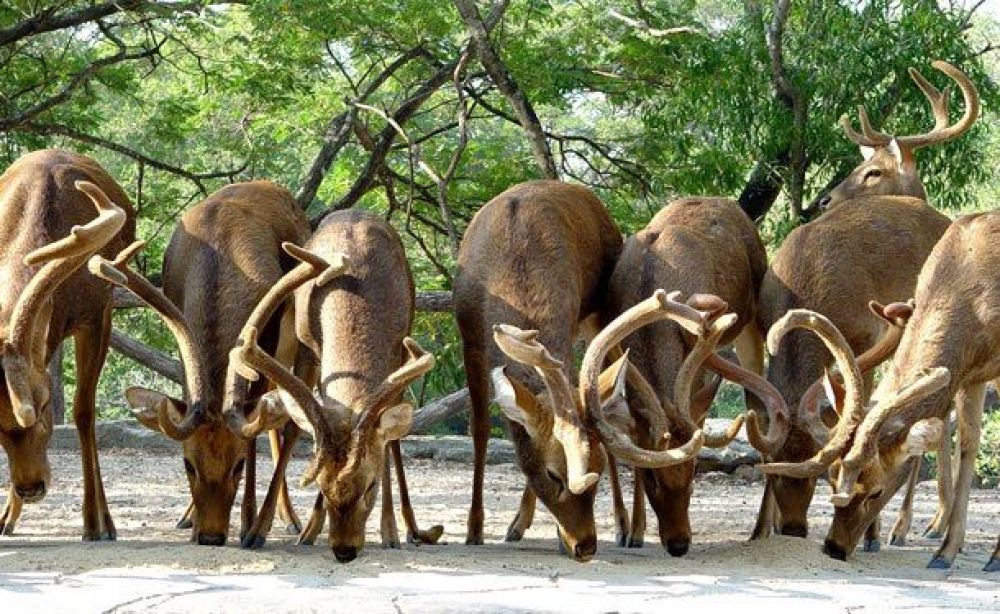

Keibul Lamjao National Park is a unique and ecologically significant destination located in the northeastern Indian state of Manipur, near the city of Imphal. The park is renowned for its distinctive floating biomass, locally called 'phumdi', and as the natural habitat of the endangered and graceful Sangai deer, also known as the Manipur brow-antlered deer.
The region's history dates back to ancient times when the local people worshipped the Sangai deer as a living embodiment of the presiding deity of the area. Proper conservation efforts, however, began much later. Due to the increasing threats of poaching and habitat loss, the area was first declared a Sanctuary in 1954 to protect the then dwindling population of the Sangai deer.
By 1977, recognizing the critical importance of protecting the unique ecosystem, the area was officially designated as the Keibul Lamjao National Park. It has the unique distinction of being the world's only floating national park, owing to the substantial mass of floating decomposed plant materials that forms its terrain.
Tourism in Keibul Lamjao National Park began as a trickle with only the most adventurous wildlife enthusiasts and nature lovers venturing into the park. Over the years, the region saw gradual development in tourism facilities, including better transportation, accommodation options, and visitor services. The inclusion of the park as a significant site for biodiversity conservation in various national and international initiatives further bolstered its appeal to tourists.
The government of Manipur, along with the Forest Department, has taken several steps to develop infrastructural facilities while ensuring the conservation of the park's fragile ecosystem. Efforts have been made to train the locals as guides, boosting eco-tourism and involving the community in the park's sustainable tourism model.
As environmental awareness and the demand for responsible travel experiences have grown globally, Keibul Lamjao National Park has witnessed a change in tourism trends. There has been a shift towards eco-friendly activities such as bird watching, nature walks, and community-led tours.
Furthermore, cultural tourism is on the rise, with visitors keen to learn about the unique lifestyle of people living on the fringes of the park and their symbiotic relationship with the natural environment. The Sangai Festival, named after the park's iconic deer, showcases the rich culture, handlooms, handicrafts, and cuisine of Manipur, and attracts tourists from around the world.
The recent push towards digital marketing and promotion of offbeat destinations by the Indian government's tourism department, with campaigns like 'Incredible India', has increased the visibility of lesser-known places like Keibul Lamjao National Park on the global tourism map.
Today, Keibul Lamjao National Park stands as an example of ecological tourism combined with cultural heritage. With its natural beauty, rare wildlife, and the warmth of the local communities, the park offers an unforgettable experience for those who seek adventure with a conscience. While tourism has grown over the years, it remains imperative to balance the influx of visitors with the need to protect and preserve this irreplaceable gem of India's biodiversity.